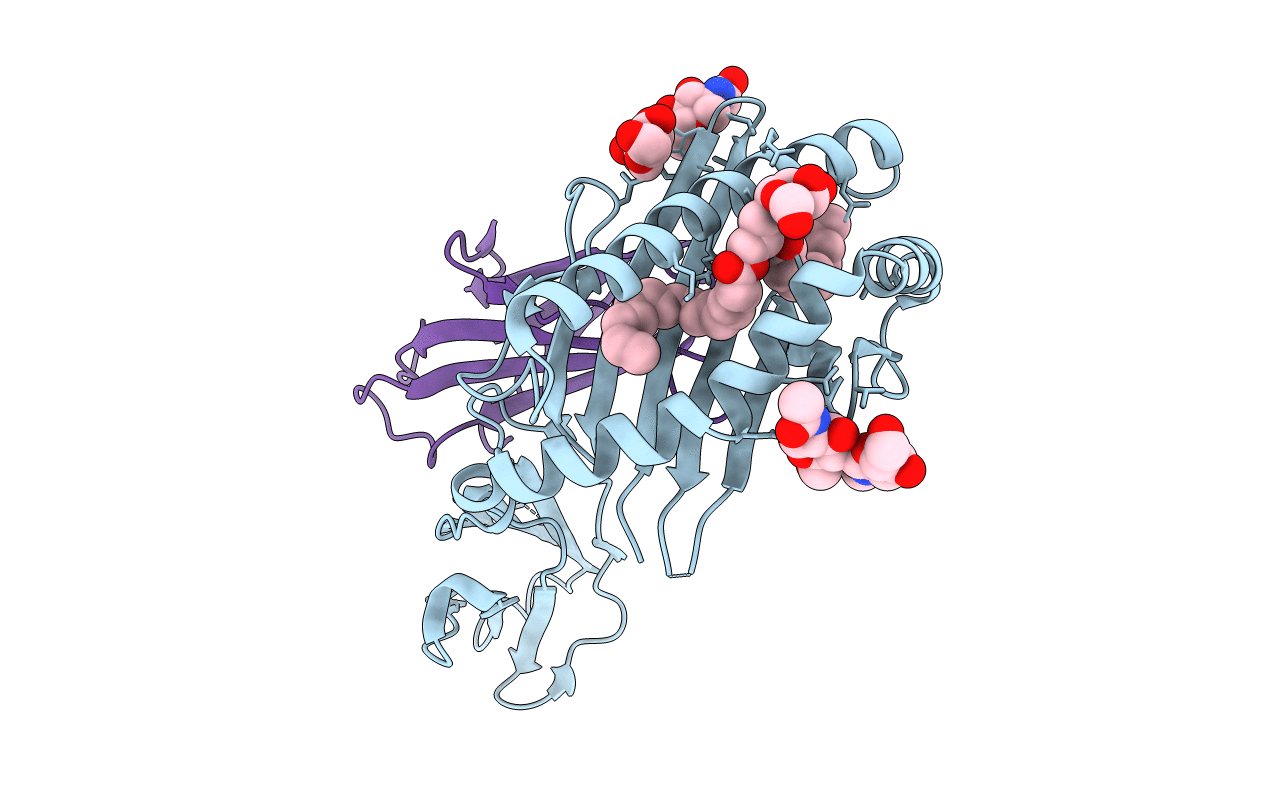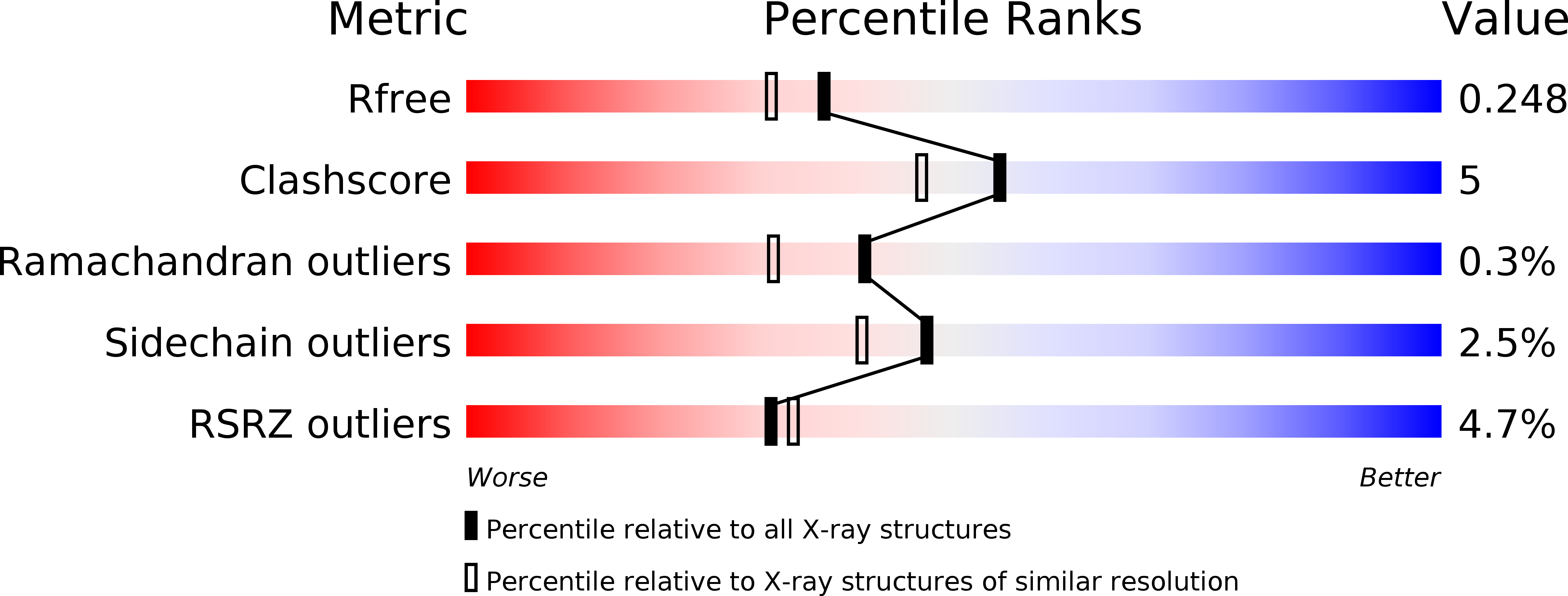
Deposition Date
2009-08-07
Release Date
2010-01-26
Last Version Date
2024-10-30
Entry Detail
PDB ID:
3ILQ
Keywords:
Title:
Structure of mCD1d with bound glycolipid BbGL-2c from Borrelia burgdorferi
Biological Source:
Source Organism:
Mus musculus (Taxon ID: 10090)
Host Organism:
Method Details:
Experimental Method:
Resolution:
2.05 Å
R-Value Free:
0.25
R-Value Work:
0.20
R-Value Observed:
0.20
Space Group:
P 1 21 1


